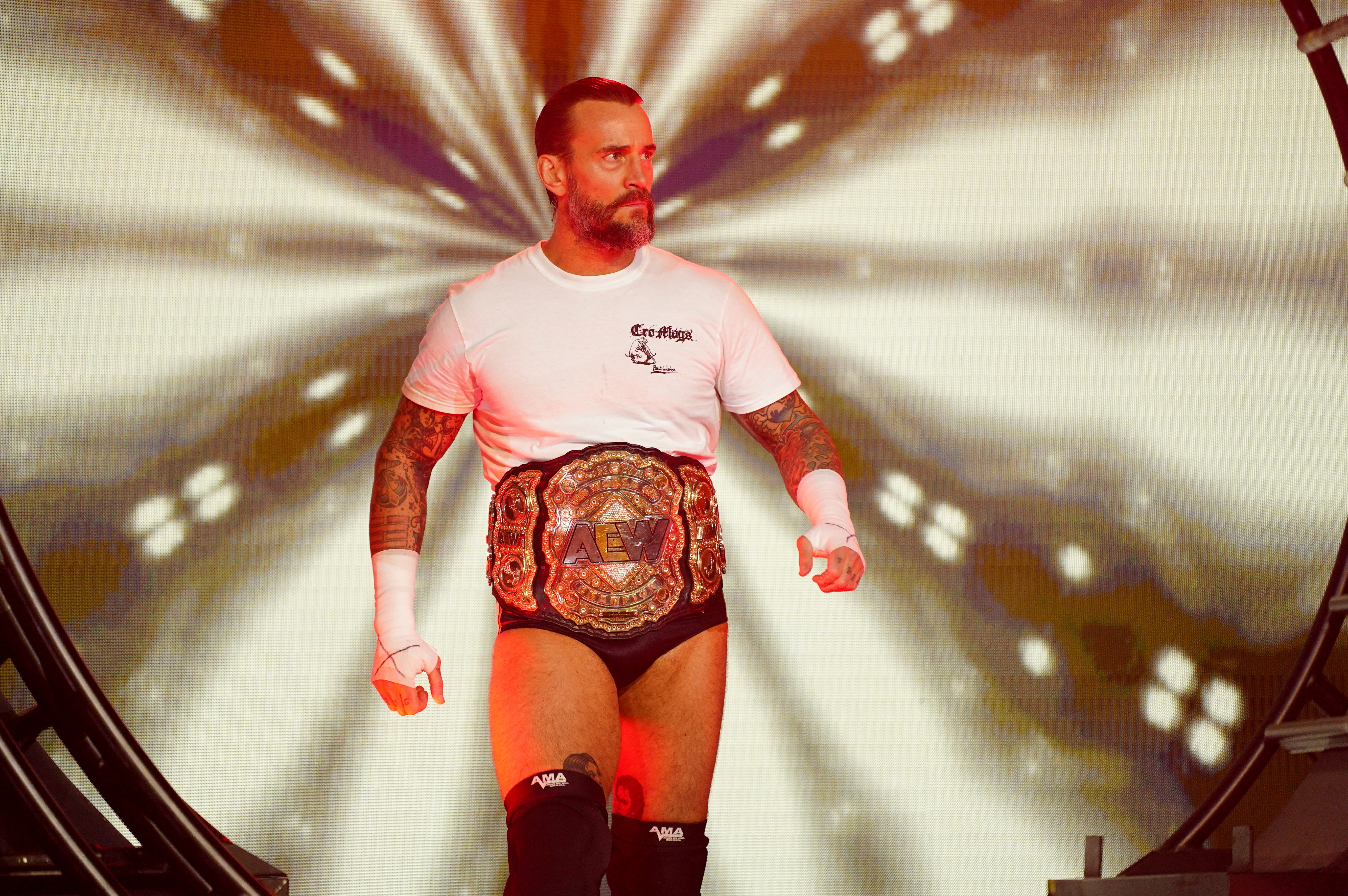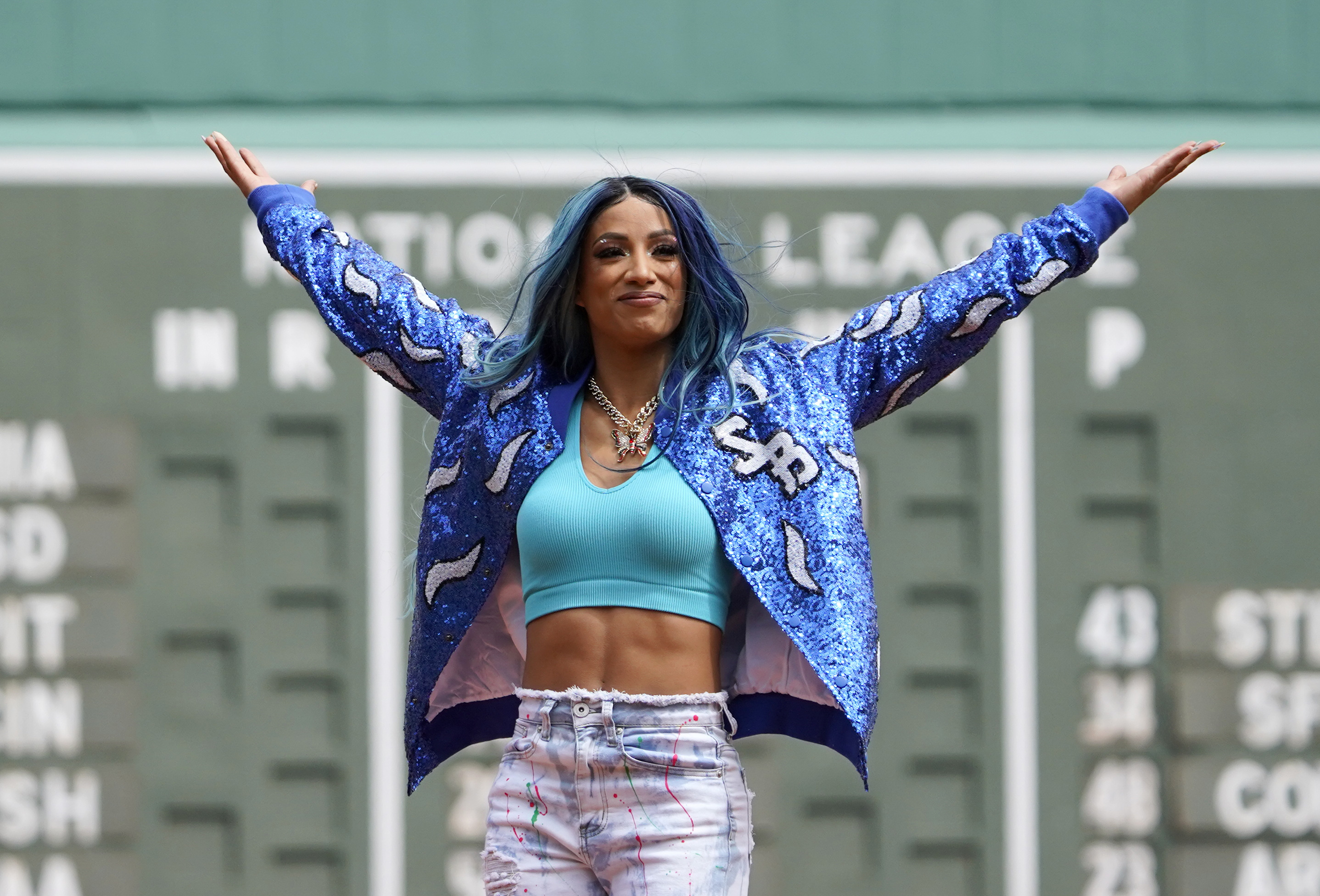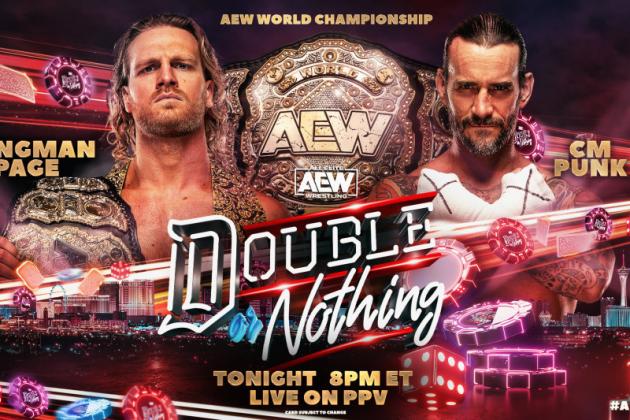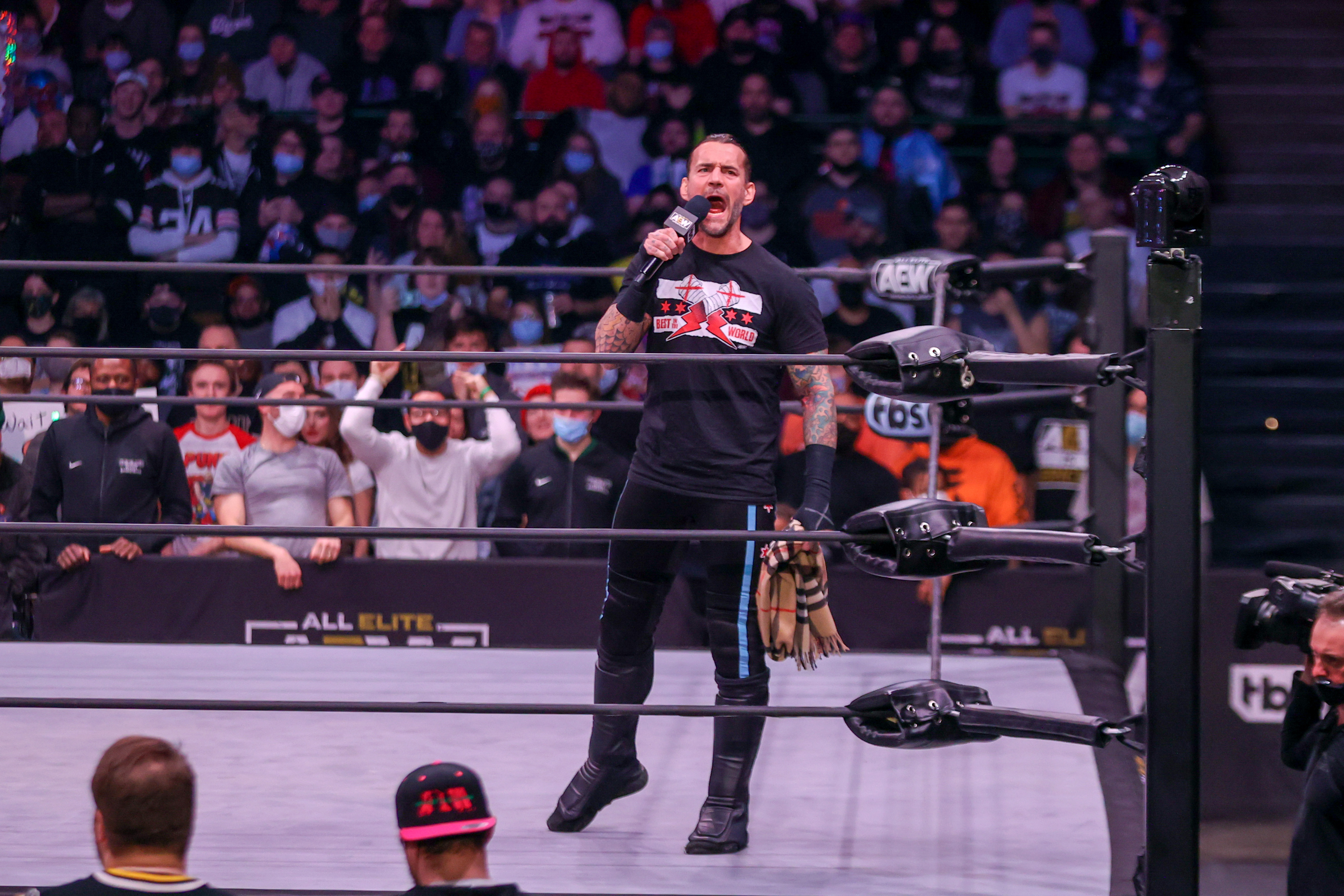Booking the Summer of CM Punk as AEW's World Champion

It’s hard to pull off a convincing comeback story. On Sunday night, CM Punk did just that when he returned to Las Vegas, the city where he once made his claim to fame on the June 27, 2011 episode of WWE Raw.
At Double or Nothing, the 43-year-old shocked the world again when he defeated Adam Page to become the new AEW world champion during the first year of his return to professional wrestling.
The seemingly improbable win officially sets off the third Summer of Punk. This iconic term for two of the most formative stints of his career will evoke different memories for two very different sets of fans. Nevertheless, they’re both just as important to the tale of the unconventional megastar from Chicago.
The original Summer of Punk started following his upset victory over Austin Aries on June 18, 2005. At Death Before Dishonor III, The Second City Saint controversially became the new Ring of Honor world champion even though he had just signed a developmental deal with WWE. This infamous moment kicked off his last great stretch as an indie wrestler and molded the undeniable mystique that followed him for the rest of his career.
Six years later, The Voice of the Voiceless crossed his legs, sat at the top of the ramp and delivered the promo that transformed him into a household name. The pipe bomb led to the biggest win of his career at Money in the Bank 2011 and primed him for a year-long reign as WWE champion in November.
Now, the anti-hero has the chance to achieve a trifecta in the latest chapter of his storied career. One could argue the law of diminishing returns will set in, but it’s truly exciting to imagine what Punk can do on this third run with a renewed love for wrestling and more creative control.
Striking the Right Balance
Punk has this impeccable ability to tell a story in the ring and on the microphone; it’s his greatest strength as a performer. His convincing promos and match psychology separate him from other greats of the ring.
It’s what made the Summer of Punk with ROH and WWE so special. On both occasions, he made us believe he could do the impossible. He threatened to take the most prestigious indie title to WWE and we were invested.
In 2011, the self-proclaimed "Paul Heyman guy" told us he was The Best in the World and he bested John Cena in front of his hometown crowd. Then, he hopped the barricade and took off into the crowd with the WWE Championship in tow. It’s the kind of stuff that an average performer could only dream of, and he did it on the biggest stage in the industry.
Nevertheless, the biggest difference between those two runs is consistency. The initial Summer of Punk crafted a concise but memorable storyline from June to August 2005. Meanwhile, WWE started hot in June 2011 but Punk returned a little too soon in July, leading to a convoluted story in which he lost the title to Alberto Del Rio and feuded with Kevin Nash.
Did we mention that he ended up wrestling and losing to Triple H instead of either of them at Night of Champions? Then, it got even more confusing until his match with Del Rio at Survivor Series, where he reclaimed the WWE title.
If All Elite Wrestling wants to make the latest iteration of the Summer of Punk memorable, it will be important to properly plot out the story for the next few months and stick the landing. That’s what ROH got right the first time around. Sure, WWE created some unforgettable moments but it didn’t strike the right balance between meaningful wins and coherent storytelling.
It would also be easy to just put the new champion in a series of dream matches, but there must be an engrossing underlying story to tie it all together. Otherwise, it won’t be nearly as effective as what he accomplished the first two times.
Old Man Punk
In 2008, Marvel Comics published an eight-issue mini-series entitled Wolverine: Old Man Logan. The popular story, which eventually inspired the 2017 movie Logan, chronicled the protagonist’s return to action after he retired his codename and refused to use his claws to kill again.
For most of the story, Logan gets by using his wits and tenacity to get back home to his family, but he inevitably reaches his breaking point and unsheathes his claw again. This may seem like a random reference, but AEW has laid the groundwork for a similar story with Punk.
At the moment, the straight edge star is in uncharted territory as an earnest and vulnerable babyface. Fans appreciate him for what he did for the sport and have welcomed him back with open arms. In return, he has said all the right things and soaked up the adulation in an awe-inspiring comeback run.
Punk has even taken part in some exceptional matches, but he isn’t quite the same guy in the ring. To be honest, he was never a technical savant like Bryan Danielson, but he made up for that as a consummate storyteller. To that end, there has been this subtle thread throughout his first year with AEW.
The Second City Saint has worked well with a slew of new opponents. However, he has narrowly escaped some of his matches, forcing him to dig deeper into his array of moves to eke out a win in many of his early showings. This is an older and wiser Punk who has used his experience and guile to beat some of his younger opponents.
When that hasn’t worked, he capitalized on their shortcoming to come out on top. For example, MJF’s narcissism and tension with Wardlow cost him a win at Revolution. Similarly, Adam Page's self-doubt made him second-guess himself long enough for Punk to nail him with a GTS and secure the AEW World Championship.
There is a tremendous story in place for the opponent who forces him to delve back into the persona that made his other runs legendary. It’s only a matter of time before he reaches the end of his rope and turns heel again.
There are so many ways AEW can get back to that point, but it’s not time yet. There is still so much the company can do with him as a legitimate draw with mainstream appeal. Nevertheless, there’s a fascinating dynamic there as he continues to show his age and the target on his back is growing larger now he is at the forefront.
It was a grueling task to get back to the top, and the question remains: What will Punk do to stay there? In a company with some of the best in-ring workers in the world, it will get harder and harder. Consider the fact that he hasn’t been in the ring with Danielson since he returned and The American Dragon has only lost to one man on the roster in singles competition.
That’s the story and it will be exciting to see if championship gold changes The Best in the World. After all, we just saw the lengths Page thought he needed to go at Double or Nothing, which seemed like foreshadowing.
That’s how you complete the trilogy. The original Summer of Punk was about a younger and opportunistic man who became one of the most prolific stars in the industry the second time around on a bigger stage.
The third installment depicts a legend who is trying to learn from his mistakes but the temptation to go back to his old ways is looming over him.



